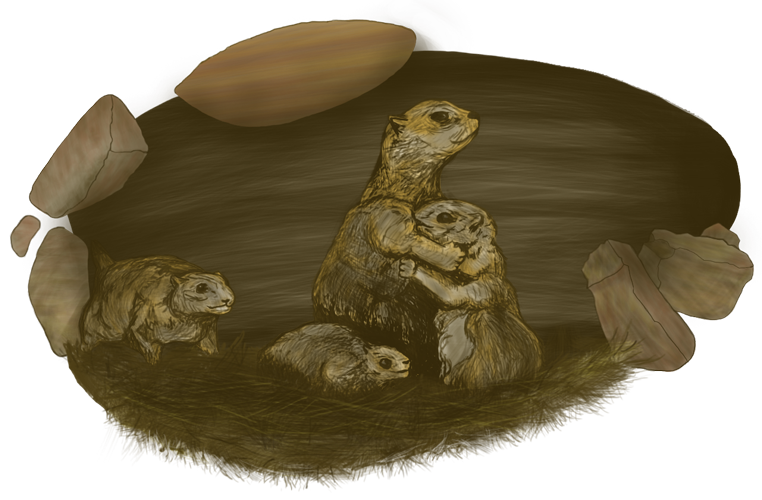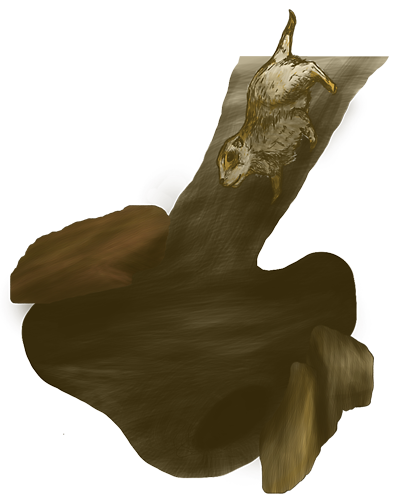Advocacy
Advocacy Overview
- Study Group scientist creates map of vegetation, wildlife corridors and habitat hotspots
- Instrumental in Land Development Code recognizing prairie dogs as “species of greatest conservation concern”
- Mapped Flagstaff prairie dog colonies at request of city staff
- Wildlife Reference Guide & Summary
- Working for Prairie Watchable Wildlife Site
- Commenting on Regional Transportation Plan

An important part of our mission is to advocate for the preservation of wildlife. Our Board members and our volunteers regularly attend meetings of the Flagstaff City Council, Coconino County Board of Supervisors, Flagstaff Open Spaces Commission, Citizens Advisory Committee for the revision of the Regional Plan, Focus Groups for the revision of the Land Development Code and Regional Plan, and Town Halls for the Regional Plan. We use these venues to voice concerns, provide information and stay informed about issues affecting wildlife.
Habitat Harmony was instrumental in prairie dogs being recognized as a ”species of greatest concern” in the revision of Flagstaff’s Land Development Code. The event that brought this to the attention of those revising the Land Development Code was Habitat Harmony’s participation in saving part of a prairie dog colony from destruction during the installation of a sewer and water line. Habitat Harmony worked successfully with city staff and the developer who recommended that prairie dog colonies be included in the planning process early enough to implement preservation measures.
As city staff and the Consultant for the Land Development Code worked to include concern for prairie dogs as a "species of greatest conservation need," they asked Habitat Harmony to provide a map of prairie dog colonies in the city. With input from County Environmental Health, NAU professors and students, and long-time Habitat Harmony volunteers, the map was created.
A Message to Humans

"I used to be a city fellow. I grew up with the city noises of cars and trains and machines and humans. My family lived close to downtown Flagstaff not far from the railroad tracks along Route 66. What a busy, frightening place it was."
Read My Letter to You












